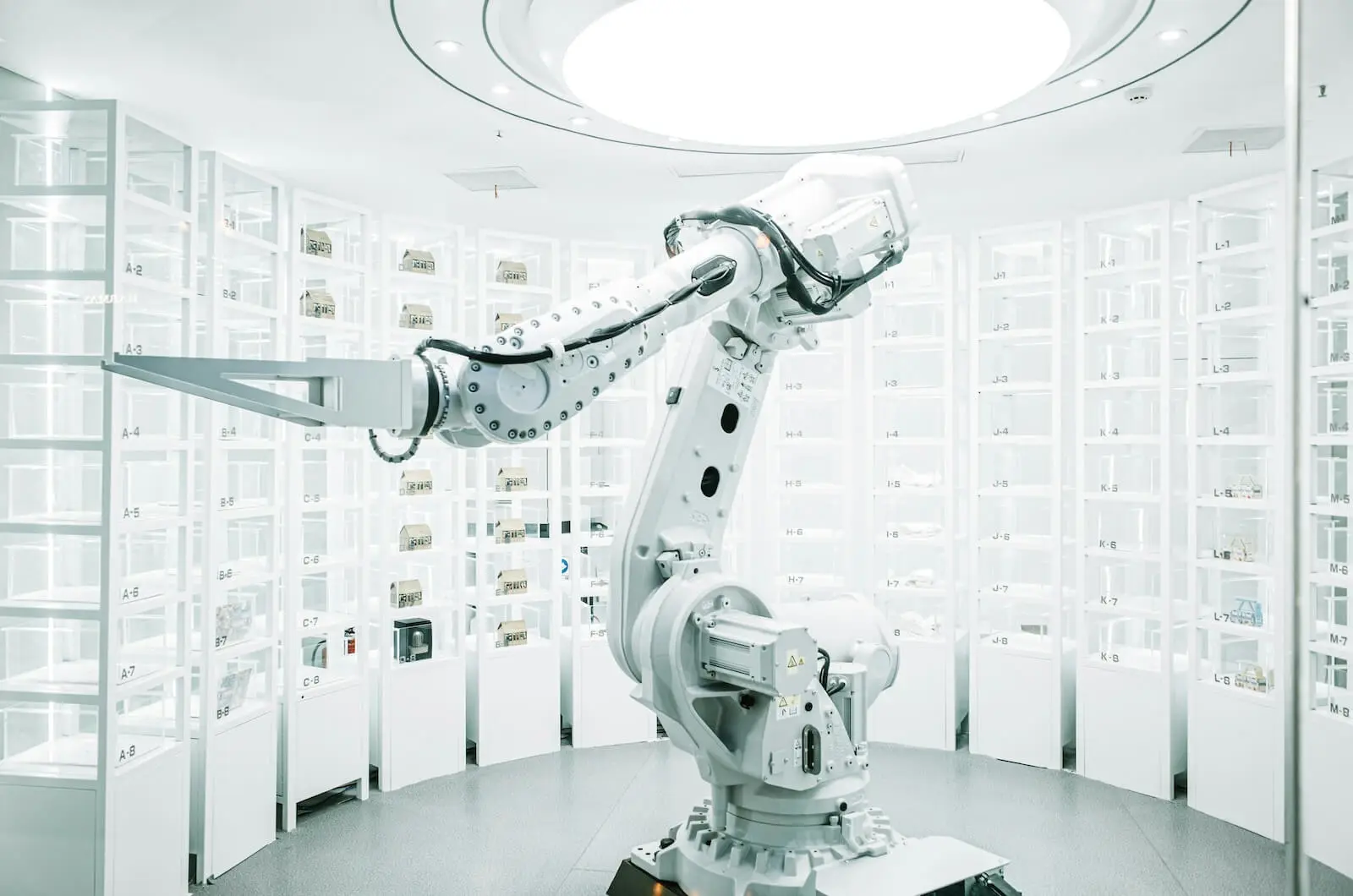Machine learning (ML) has become a buzzword in technology and business circles, often surrounded by hype and complexity. However, at its core, machine learning is about making predictions or decisions based on data. In this blog, we’ll break down the basics of machine learning, explain key concepts, and explore how it can be applied in various fields.
What is Machine Learning?
Machine learning is a subset of artificial intelligence (AI) that focuses on building systems that can learn from data and improve their performance over time without being explicitly programmed. Instead of following fixed instructions, ML algorithms identify patterns in data and use these patterns to make predictions or decisions.
Key Concepts in Machine Learning
- AlgorithmsAt the heart of machine learning are algorithms—sets of rules or procedures that the computer follows to learn from data. Common ML algorithms include:
- Linear Regression: Used for predicting numerical values based on the relationship between variables.
- Decision Trees: Create a model that predicts the value of a target variable based on several input features.
- Neural Networks: Mimic the human brain’s network of neurons to recognize patterns and make complex predictions.
- Training and TestingMachine learning involves two key phases:
- Training: The process of feeding data into an algorithm so it can learn patterns and relationships. This phase involves adjusting the algorithm’s parameters to minimize prediction errors.
- Testing: Evaluating the trained model on new, unseen data to assess its performance and accuracy. This helps ensure the model generalizes well to real-world scenarios.
- Features and Labels
- Features: The input variables or characteristics used by the model to make predictions. For example, in predicting house prices, features might include the number of bedrooms, location, and square footage.
- Labels: The output or target variable that the model aims to predict. In the house price example, the label would be the actual price of the house.
- Overfitting and Underfitting
- Overfitting: Occurs when a model learns too much from the training data, including noise and outliers, resulting in poor performance on new data. It means the model is too complex.
- Underfitting: Happens when a model is too simple to capture the underlying patterns in the data, leading to poor performance on both training and testing data.
- Supervised vs. Unsupervised Learning
- Supervised Learning: Involves training a model on labeled data, where the correct output is known. Common tasks include classification (e.g., email spam detection) and regression (e.g., predicting stock prices).
- Unsupervised Learning: Works with unlabeled data, aiming to identify hidden patterns or structures. Examples include clustering (e.g., grouping customers based on purchasing behavior) and dimensionality reduction (e.g., reducing the number of features in a dataset).
How Machine Learning Works
- Data CollectionThe first step in any ML project is gathering relevant data. Quality data is crucial for building effective models. Sources can include databases, sensors, or user-generated content.
- Data PreprocessingRaw data often needs cleaning and transforming before it can be used for training. This step may involve handling missing values, normalizing data, or encoding categorical variables.
- Model SelectionChoose an appropriate algorithm based on the problem and data type. Experiment with different models to find the one that performs best.
- Training the ModelFeed the preprocessed data into the chosen algorithm and let it learn from the data. This process involves adjusting model parameters to minimize errors.
- EvaluationTest the model on a separate dataset to evaluate its performance. Use metrics such as accuracy, precision, recall, and F1 score to assess how well the model performs.
- DeploymentOnce the model is trained and evaluated, deploy it in a real-world application to make predictions or decisions based on new data.
- Monitoring and MaintenanceContinuously monitor the model’s performance and update it as needed to ensure it remains accurate and relevant over time.
Applications of Machine Learning
Machine learning is transforming various industries by enabling data-driven insights and automation:
Transportation: Enhancing route planning, enabling autonomous vehicles, and predicting maintenance needs.
Healthcare: Predicting disease outbreaks, personalizing treatment plans, and analyzing medical images.
Finance: Detecting fraudulent transactions, optimizing trading strategies, and assessing credit risk.
Retail: Personalizing recommendations, optimizing inventory management, and analyzing customer sentiment.
Machine learning might seem complex, but its core principles are straightforward. By understanding the basics—such as algorithms, training and testing, and the difference between supervised and unsupervised learning—you can appreciate how ML is transforming industries and driving innovation. As you delve deeper into ML, remember that the key is to start with a solid understanding of these foundational concepts and build upon them.
Recent posts
-

September 3, 2024
The role of Artificial Intelligence in healthcare: Improving patient care
-

September 3, 2024
Ethical considerations in Artificial Intelligence: Building responsible AI systems
-

February 3, 2024
How can I get started with Artificial Intelligence for my business?

